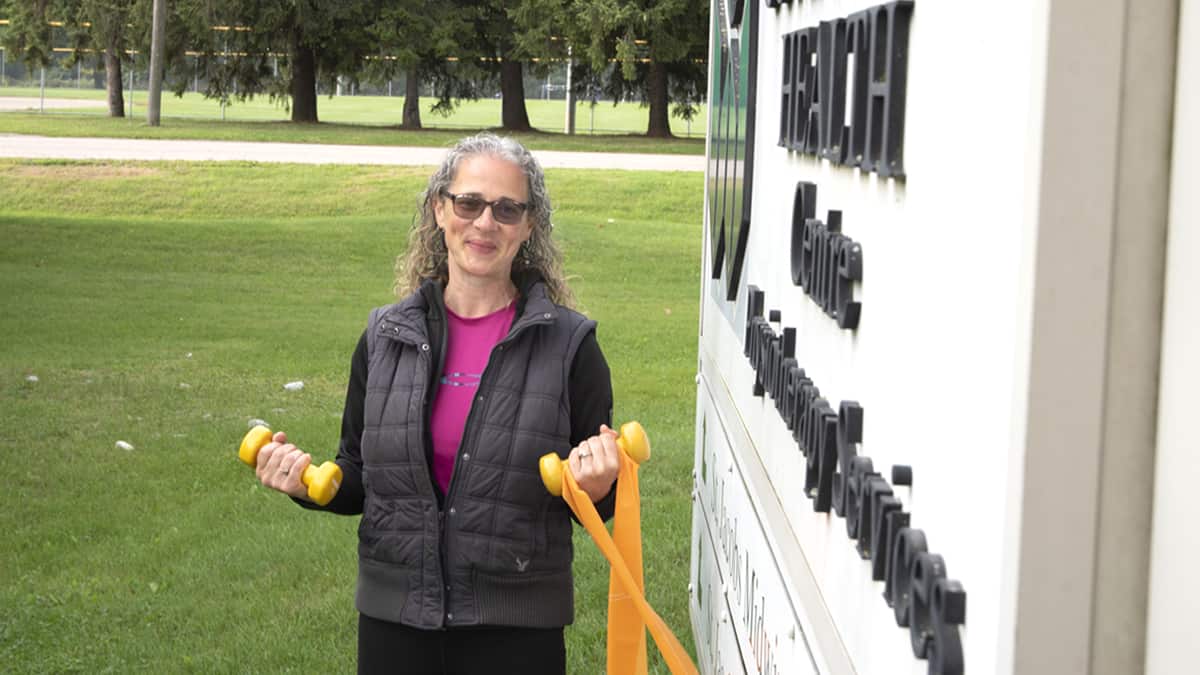Waterloo Region in the past week saw daily COVID-19 increases in the double digits for the first time since June. September 9, for instance, saw 19 new cases, while there were 10 on September 13.
At midweek, there were 68 active cases in the region, double the number one week earlier. Since the pandemic first arrived in the region, there have been 1,531 cases, of which 1,343 (88 per cent) have been resolved. The number of fatalities has remained at 120 – eight per cent of total cases – for the past few weeks.
There was only one active outbreak at a long-term care facility in the region, Village of University Gates, where a single staff member tested positive for the virus on September 5. Within the Waterloo Regional District School board, there has also been one case of coronavirus, a staff member at Edna Staebler Public School. No new additional cases have been displayed on the online dashboard tracking figures in the region.
Despite the recent spike, the positivity rate remains low at 1.9 per cent of the 78,000 tests carried out.
Since schools in the region resumed in-class sessions, there have been two cases among children under the age of 9, and five cases in the 10-19 range unrelated to school cohorts. This week’s largest increase in a demographic was the additional 14 cases added to the 20-29 age-range category.
Officials are stressing the need to follow established protocols to help prevent any additional upticks in case numbers. In that vein, regional councillors this week approved extending the mandatory mask bylaw through May 31, 2021.
Chair Karen Redman said the region is taking “a full approach to COVID-19, so mask wearing is just one of the recommendations that still continues, [including] physical distancing, good hand hygiene and fewer social contacts.”
Medical officer of health Dr. Hsiu-Li Wang noted the masks should also help in reducing numbers of patients experiencing flu and other respiratory illness
“We’ve seen what has happened to influenza rates, both here and in Ontario, towards the end of our last influenza season, as well as some in the southern hemisphere, which had their influenza season this past summer… there’s also been an effect of the measures such as the wearing of masks,” she said. “The bundling of measures that we’ve been putting in place for COVID could reduce influenza circulation as well. I also believe it will help reduce the circulation of influenza and other respiratory viruses that are spread the same way as COVID.”
Spikes seen locally were also reflected in provincial numbers, with daily new cases topping 300 for the first time since June. Overall, there have been 45,068 confirmed cases of the virus within the province, an increase of some 1,500 in just a week. Many of the cases have been traced back to college and university parties despite Premier Doug Ford’s call to students urging them to not partake of such activities.
In Ontario, there have been 2,820 deaths attributed to the virus – seven additional fatalities in a week – representing a mortality rate of 6.3 per cent. The ministry reports 40,091 cases (89 per cent) have been resolved.
The latest numbers from Health Canada show 138,803 confirmed cases of COVID-19 nationwide, an jump of 5,000 since last week at this time, with 9,188 related deaths, a mortality rate of 6.6 per cent.









